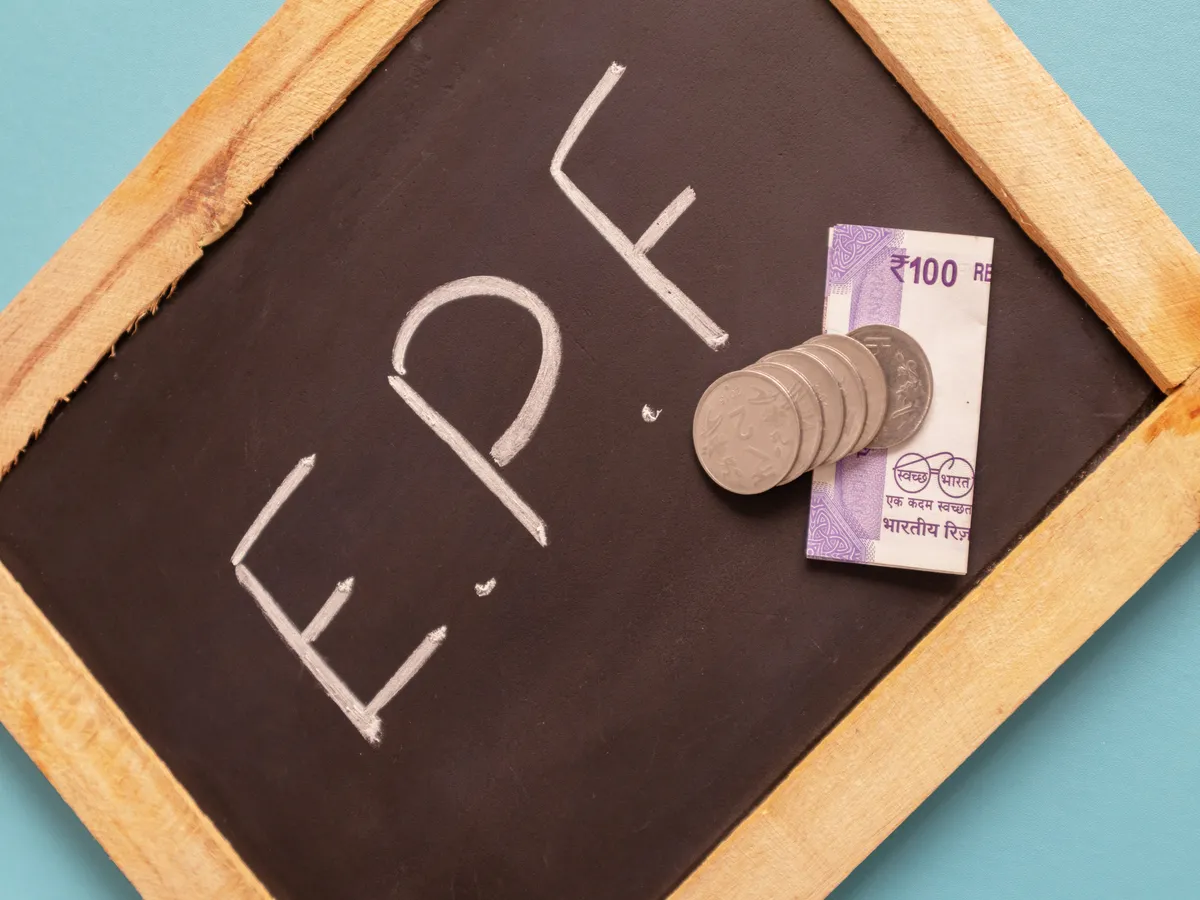Personal Finance News
EPF withdrawal: Steps to withdraw PF amount after retirement
.png)
4 min read | Updated on August 23, 2024, 18:31 IST
SUMMARY
You can completely withdraw the EPF amount only if you have retired, or you have been jobless for more than two months. If you have been jobless for over a month, only 75% of the EPF amount can be withdrawn. After unemployment for two months or more, the remaining 25% can be withdrawn.

You can completely withdraw the EPF amount only if you have retired, or if you have been jobless for more than two months
Employee Provident Fund (EPF) is a government-managed retirement benefit scheme. The scheme offers an opportunity for salaried employees to build a retirement corpus with monthly contributions.
The employee and the employer both make contributions every month to the EPF account. During the service period, a certain part of the employee's basic salary and dearness allowance (DA) is deposited into the PF account. An equal amount is contributed by the employer.
Over the years this amount is accumulated and can be withdrawn after retirement or after resignation from the job. In case of the death of the employee, his family can withdraw the PF amount. However, in certain emergencies, employees can do partial withdrawal from EPF.
Let’s take a look at the process and the documents needed to withdraw the entire EPF corpus after retirement.
Documents needed
You can easily withdraw EPF money after retirement by following the online process of withdrawal. First of all, ensure that you have the following documents:
- Your Universal Account Number (UAN)
- Your bank account details
- Your identity proof and address proof
- A cancelled cheque
Process to withdraw PF online
- Log in to the official UAN website (https://unifiedportal-mem.epfindia.gov.in/memberinterface/).
- Step 2: Click on the “Manage” tab and select the KYC option.
- After the KYC verification, click on the “online services” tab, followed by the “Claim (Form-31, 19, 10C, and 10D)” option.
- Now, you will find your member details. Add your bank account details. Verify the details.
- You will be asked to agree to the certificate of undertaking. Do it by clicking on ‘Yes’.
- Proceed with the online claim option.
- Select the claim type from the available options. Here, based on your eligibility, you have to choose from full EPF settlement, EPF partial withdrawal (loan or advance), or pension withdrawal.
- Click on the certificate button, add the documents required and submit the application.
When can you fully withdraw EPF?
You can completely withdraw the EPF amount only if you have retired, or if you have been jobless for more than two months. If you have been jobless for over a month, only 75% of the EPF amount can be withdrawn. After unemployment for two months or more, the remaining 25% can be withdrawn.
Partial withdrawal of EPF deposits
There are certain conditions under which you can withdraw part of your EPF amount even though you are in an active job. Let’s take a look:
-
Medical emergencies: You can withdraw either the entire employee’s share or six times the monthly basic salary, whichever is lesser, for the medical treatment of yourself or your dependents.
-
Marriage: According to the rules, you can withdraw up to 50% of your contribution to the EPF after 7 years of services for your marriage or the marriage of your brother, sister, son and daughter.
-
Education: You can withdraw up to 50% of your contribution for the education of your child.
-
For land or house purchase: If you have completed a five-year service period, you can withdraw up to 24 times the monthly basic salary for the purchase of land. For house construction, you can withdraw up to 36 times your monthly basic salary.
-
Renovation of house: You can withdraw either 12 times the monthly salary or the total cost after five years of service, whichever is lesser.
-
For the repayment of home loan: You can also withdraw EPF partially to pay your home loan. You can withdraw 36 times the monthly basic salary, the total PF balance, or the total outstanding principal and interest, whichever is the lowest. You are eligible for this only after a service of 10 years.
By signing up you agree to Upstox’s Terms & Conditions
About The Author
Next Story

